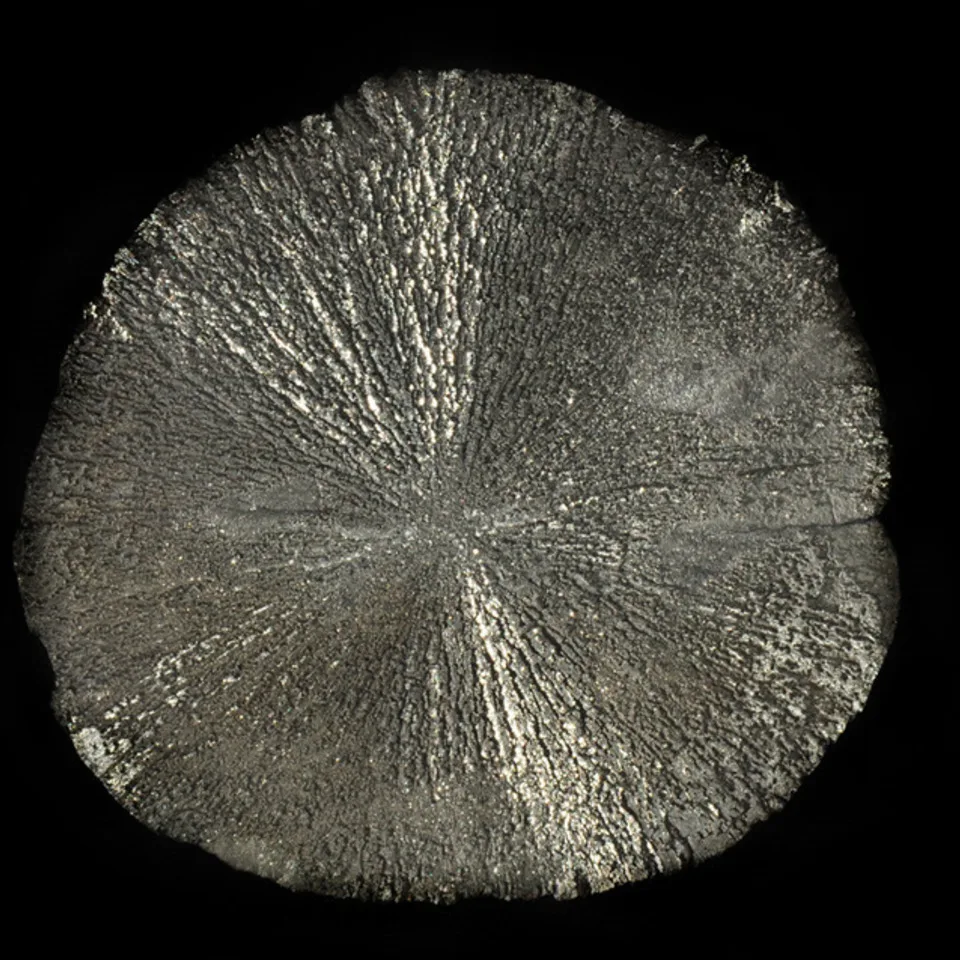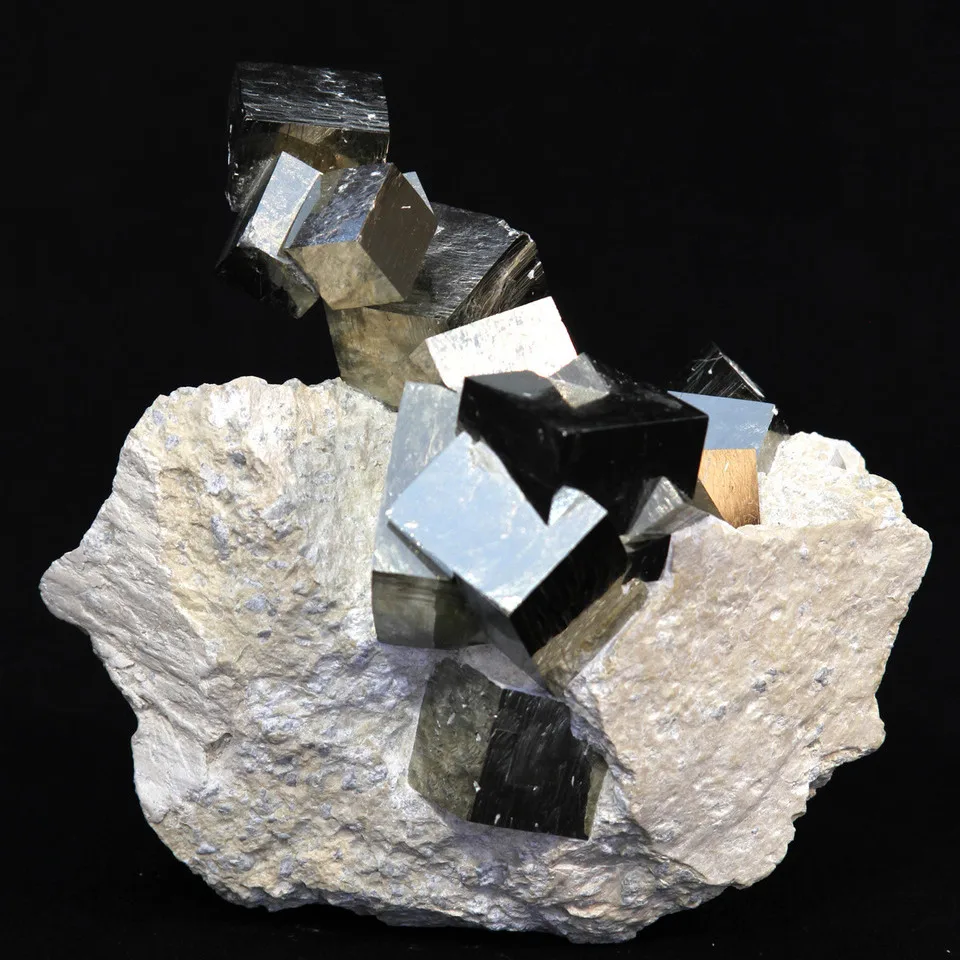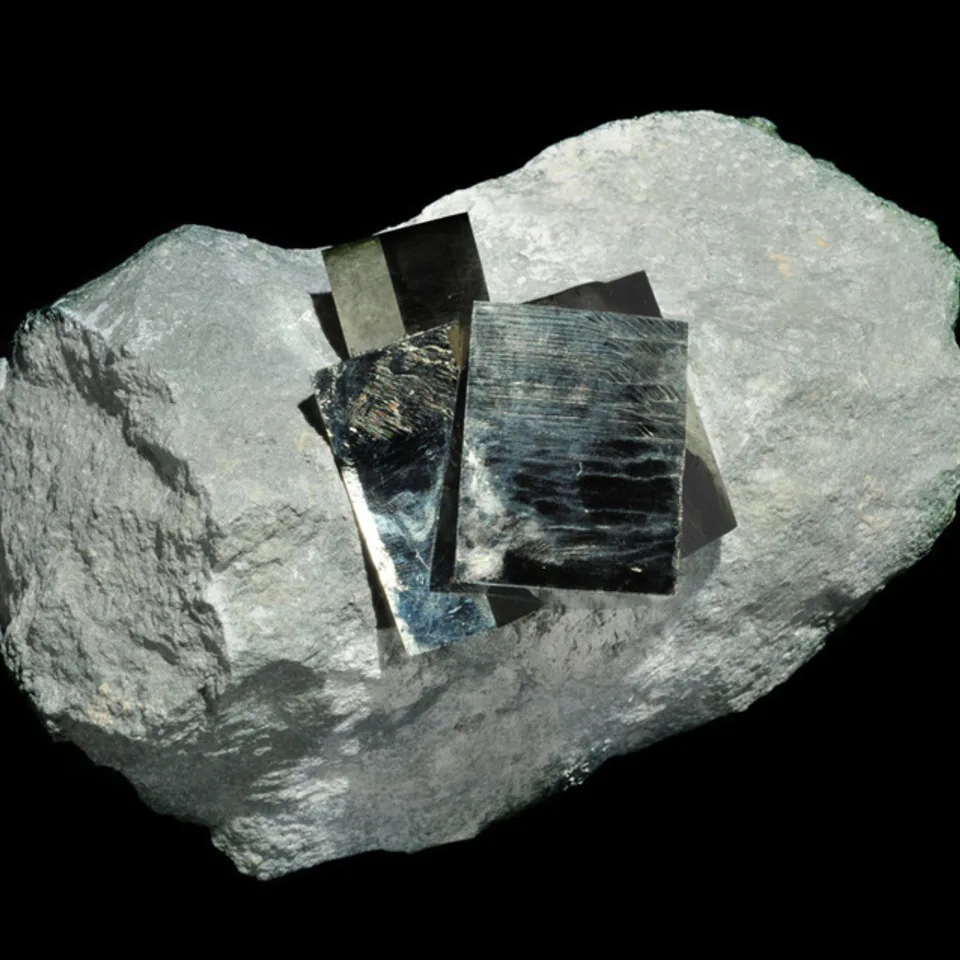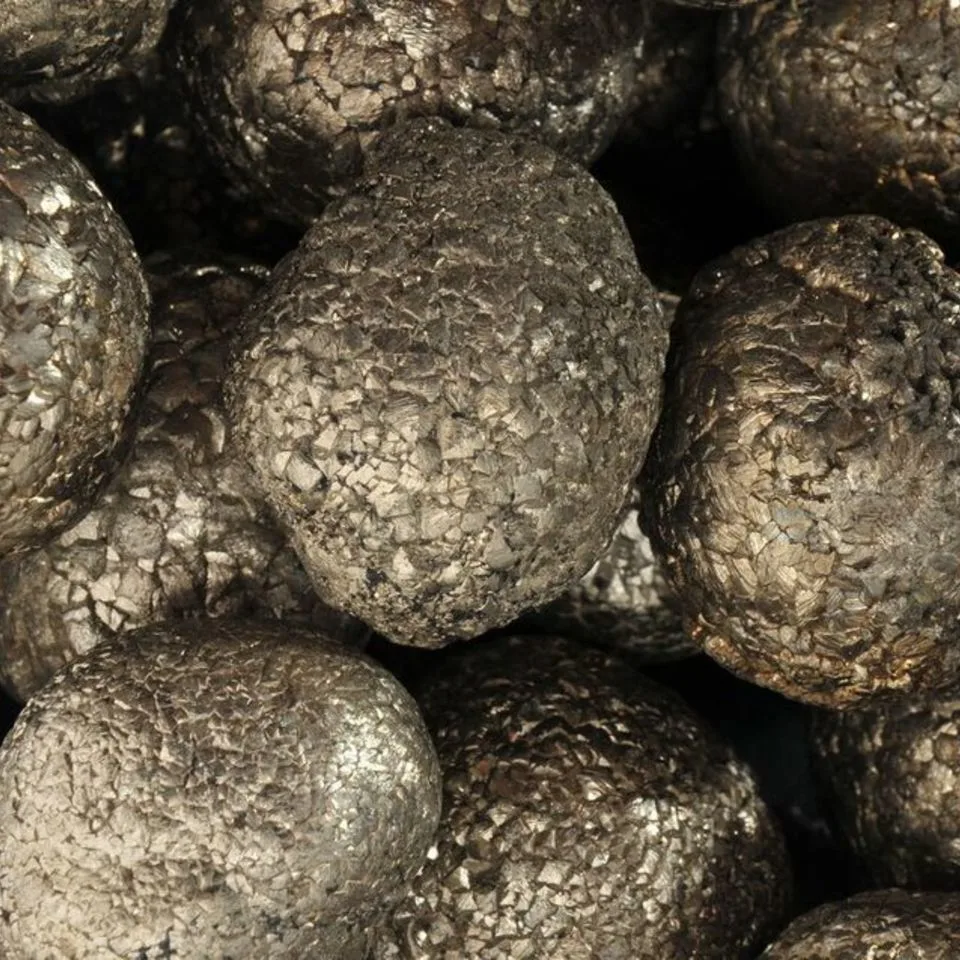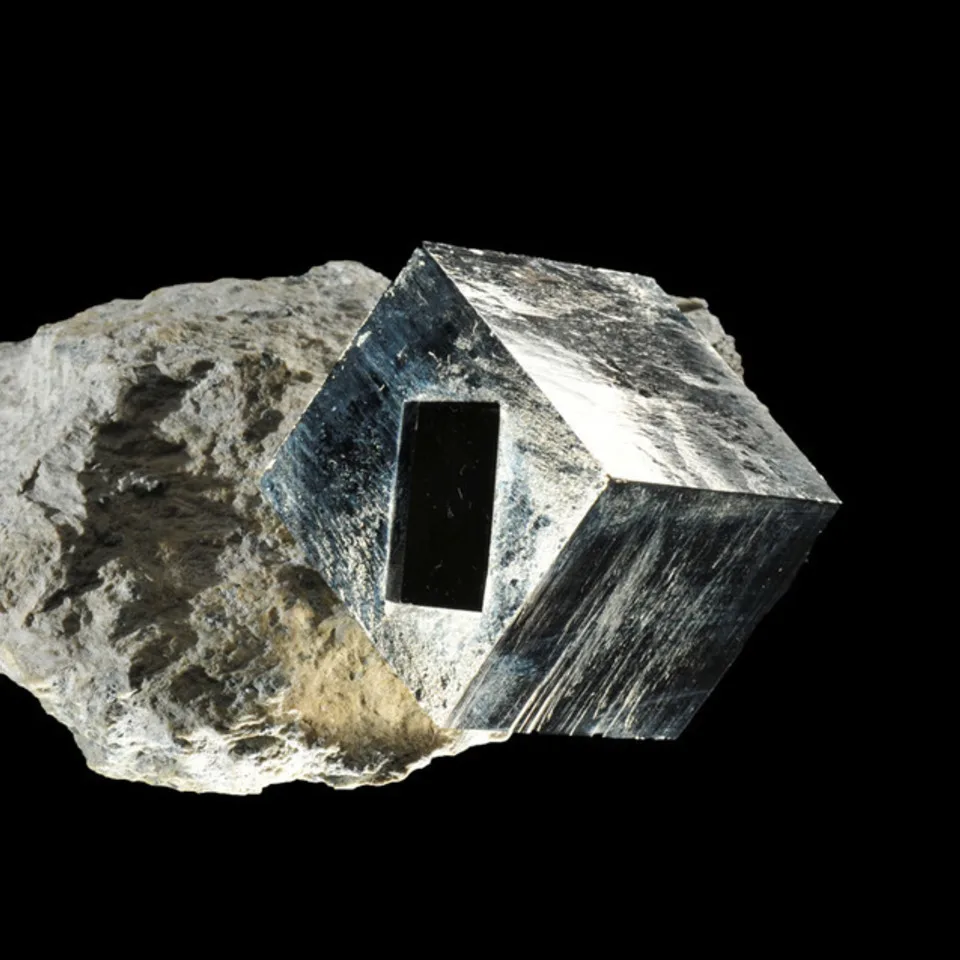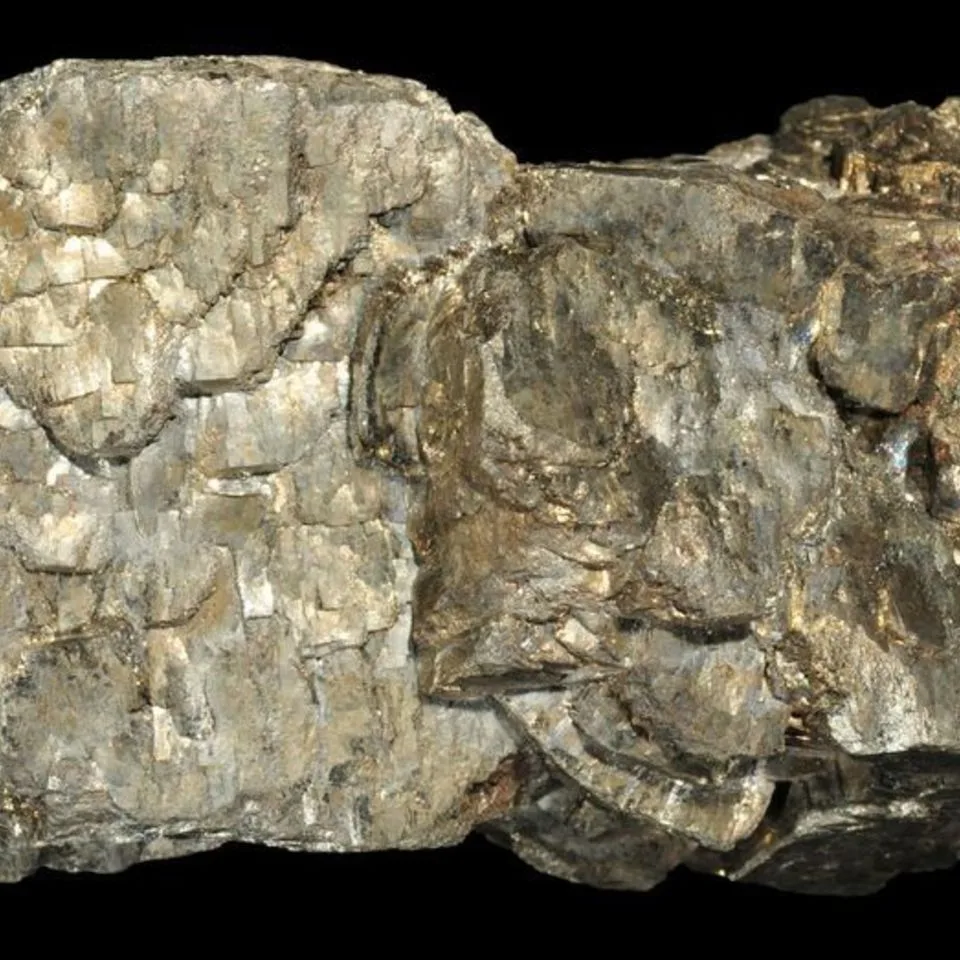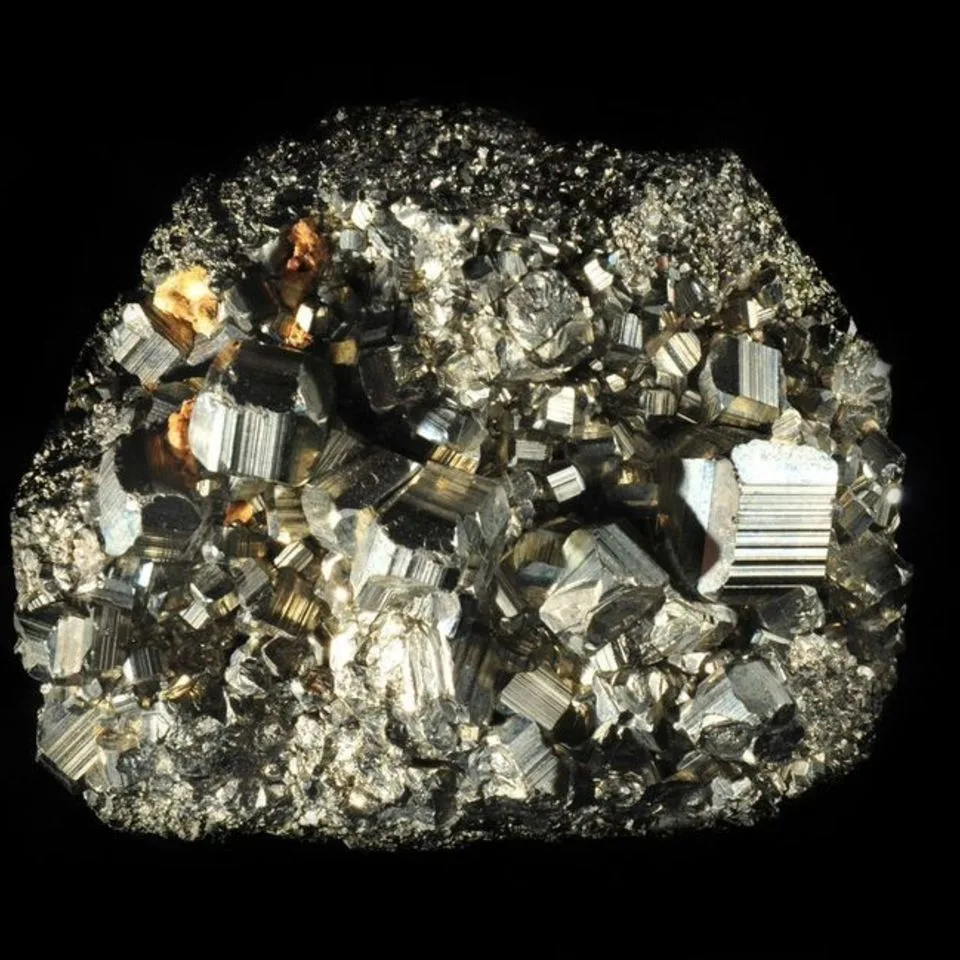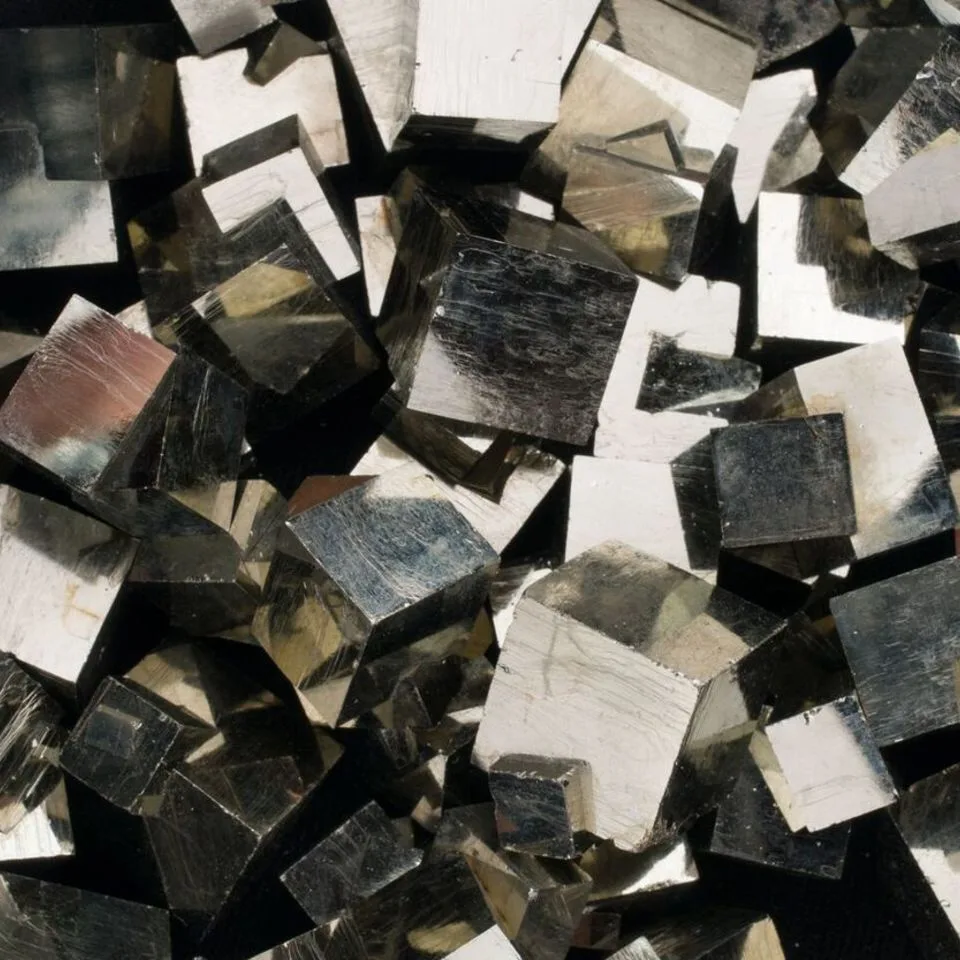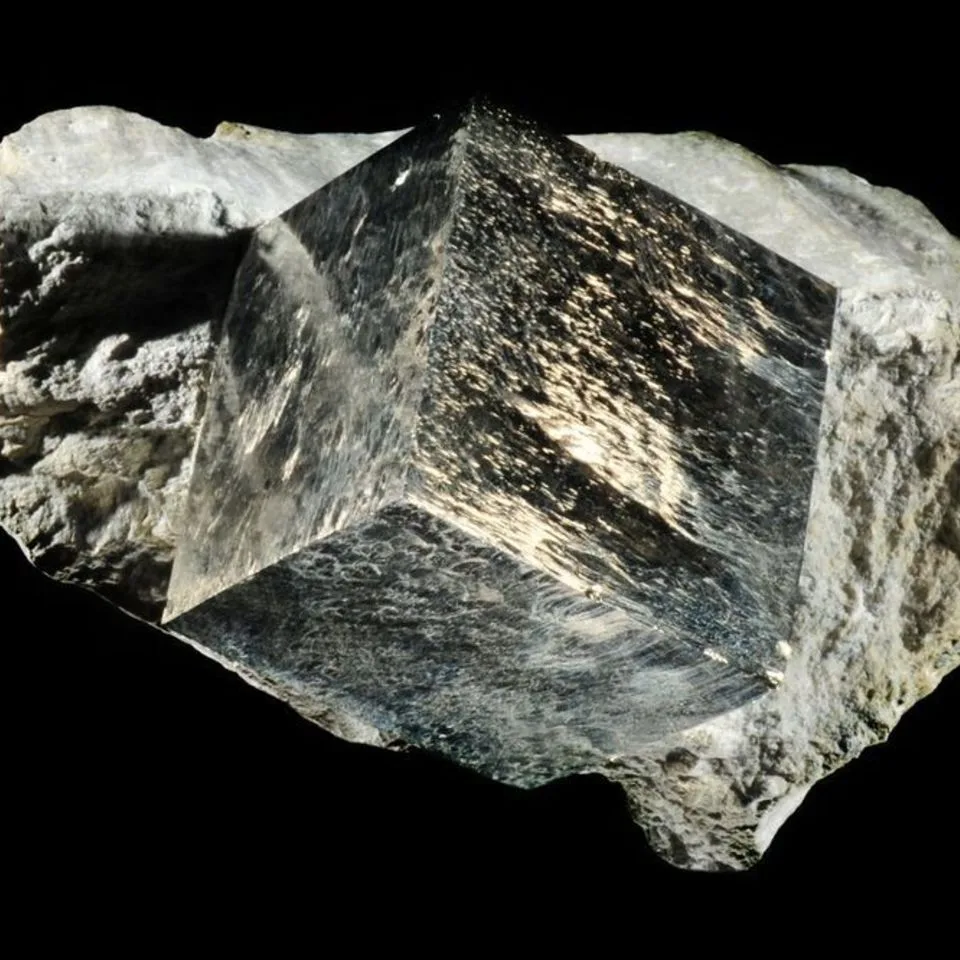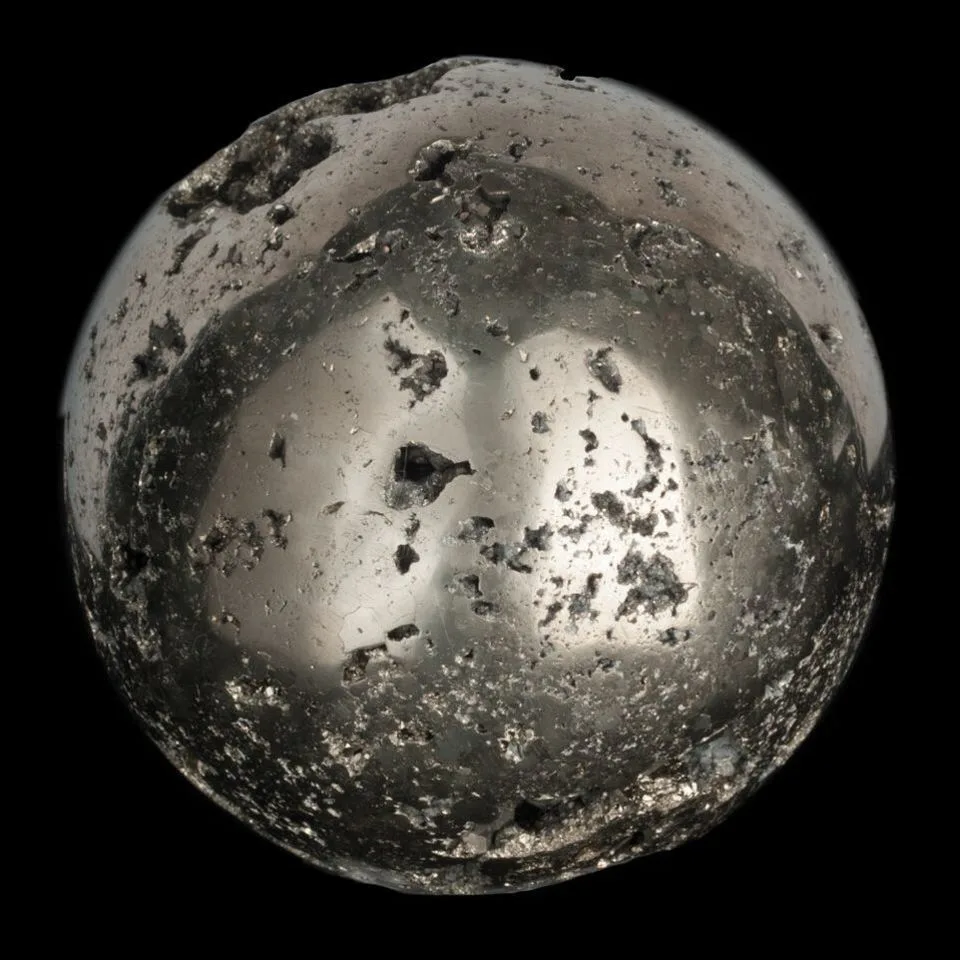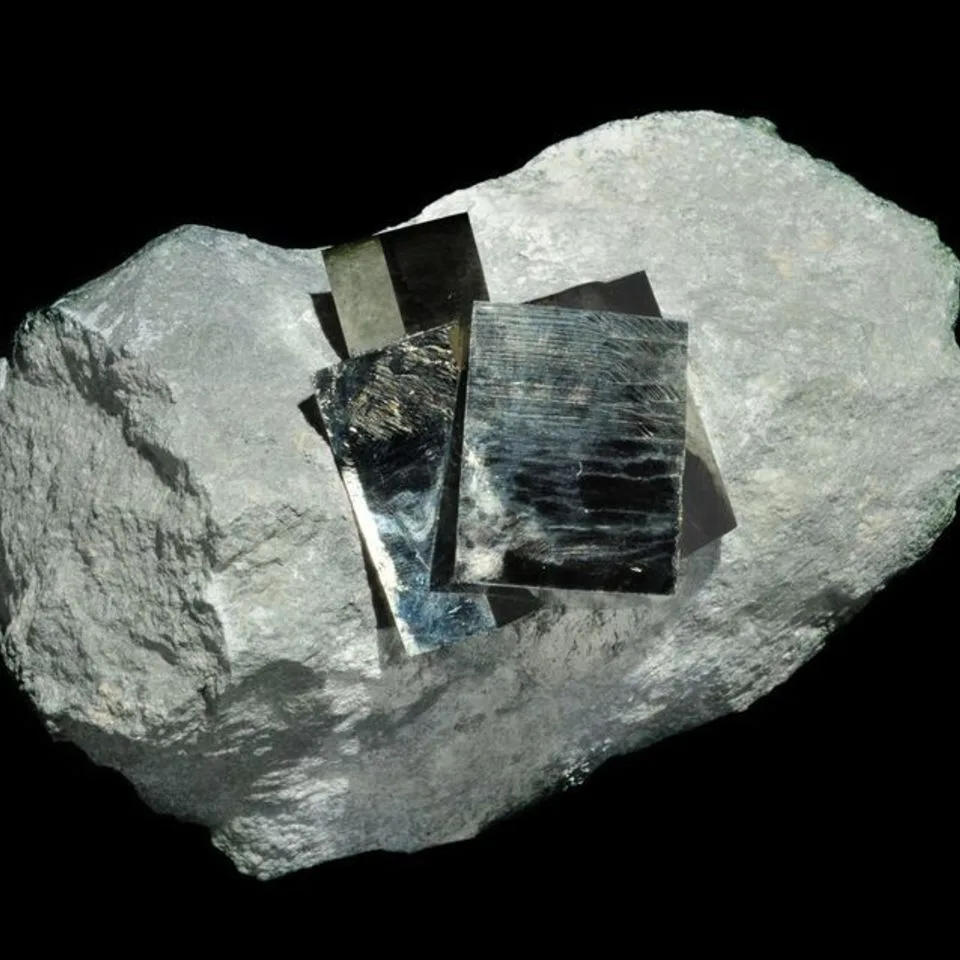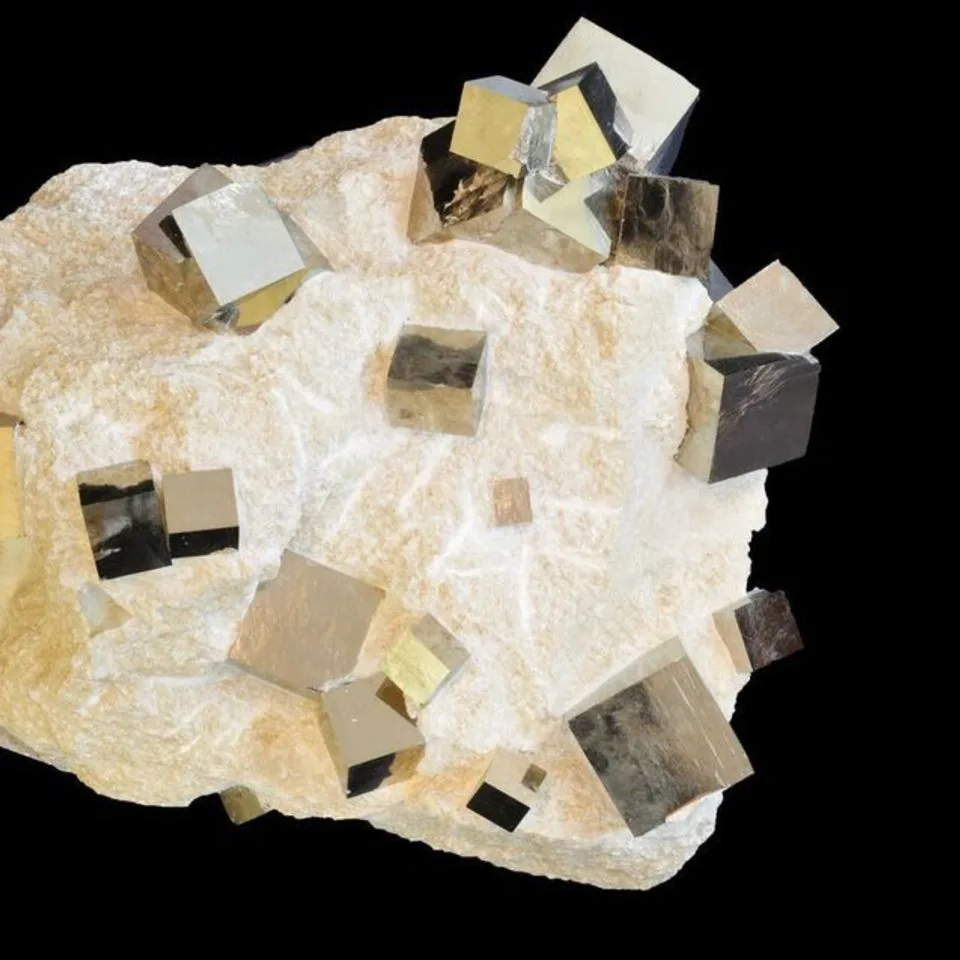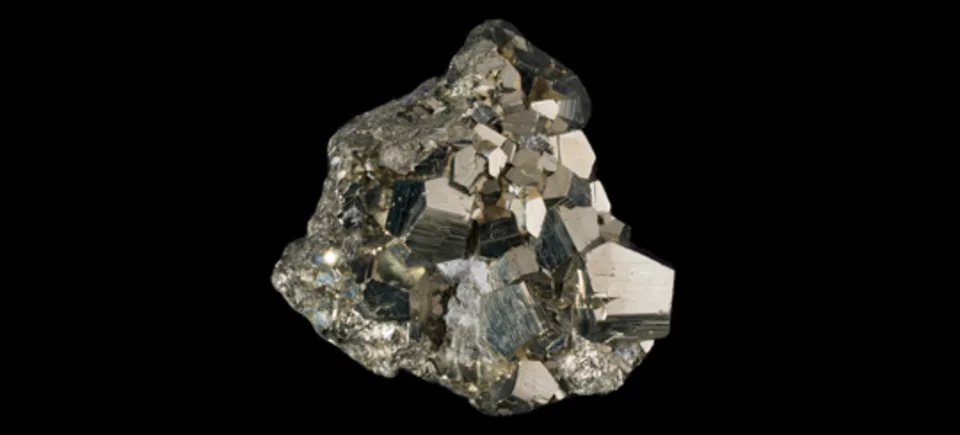Pyrite: Fool’s Gold
The mineral pyrite, or iron pyrite, is an iron sulfide with the formula FeS2. This mineral’s metallic luster and pale brass-yellow hue have earned it the nickname fool’s gold because of its resemblance to gold. The color has also led to the nicknames brass, brazzle and Brazil, primarily used to refer to pyrite found in coal.
Pyrite is the most common of the sulfide minerals. The name pyrite is derived from the Greek , “of fire” or “in fire”, in turn from (pur), “fire”. In ancient Roman times, this name was applied to several types of stone that would create sparks when struck against steel; Pliny the Elder described one of them as being brassy, almost certainly a reference to what we now call pyrite.
By Georgius Agricola’s time, the term had become a generic term for all of the sulfide minerals. Despite being nicknamed fool’s gold, pyrite is sometimes found in association with small quantities of gold. Gold and arsenic occur as a coupled substitution in the pyrite structure. In the Carlin–type gold deposits, arsenian pyrite contains up to 0.37 wt% gold. Pyrite enjoyed brief popularity in the 16th and 17th centuries as a source of ignition in early firearms, most notably the wheellock, where the cock held a lump of pyrite against a circular file to strike the sparks needed to fire the gun.Pyrite is usually found associated with other sulfides or oxides in quartz veins, sedimentary rock, and metamorphic rock, as well as in coal beds, and as a replacement mineral in fossils.
Pyrite has been used since classical times to manufacture copperas, that is, iron(II) sulfate. Iron pyrite was heaped up and allowed to weather as described above (an early form of heap leaching). The acidic runoff from the heap was then boiled with iron to produce iron sulfate. In the 15th century, such leaching began to replace the burning of sulfur as a source of sulfuric acid. By the 19th century, it had become the dominant method.
Pyrite remains in commercial use for the production of sulfur dioxide, for use in such applications as the paper industry, and in the manufacture of sulfuric acid. Thermal decomposition of pyrite into FeS (iron(II) sulfide) and elemental sulfur starts at 550 °C; at around 700 °C pS2 is about 1 atm. Pyrite is used to make marcasite jewelry (incorrectly termed marcasite). Marcasite jewelry, made from small faceted pieces of pyrite, often set in silver, was popular in the Victorian era.
